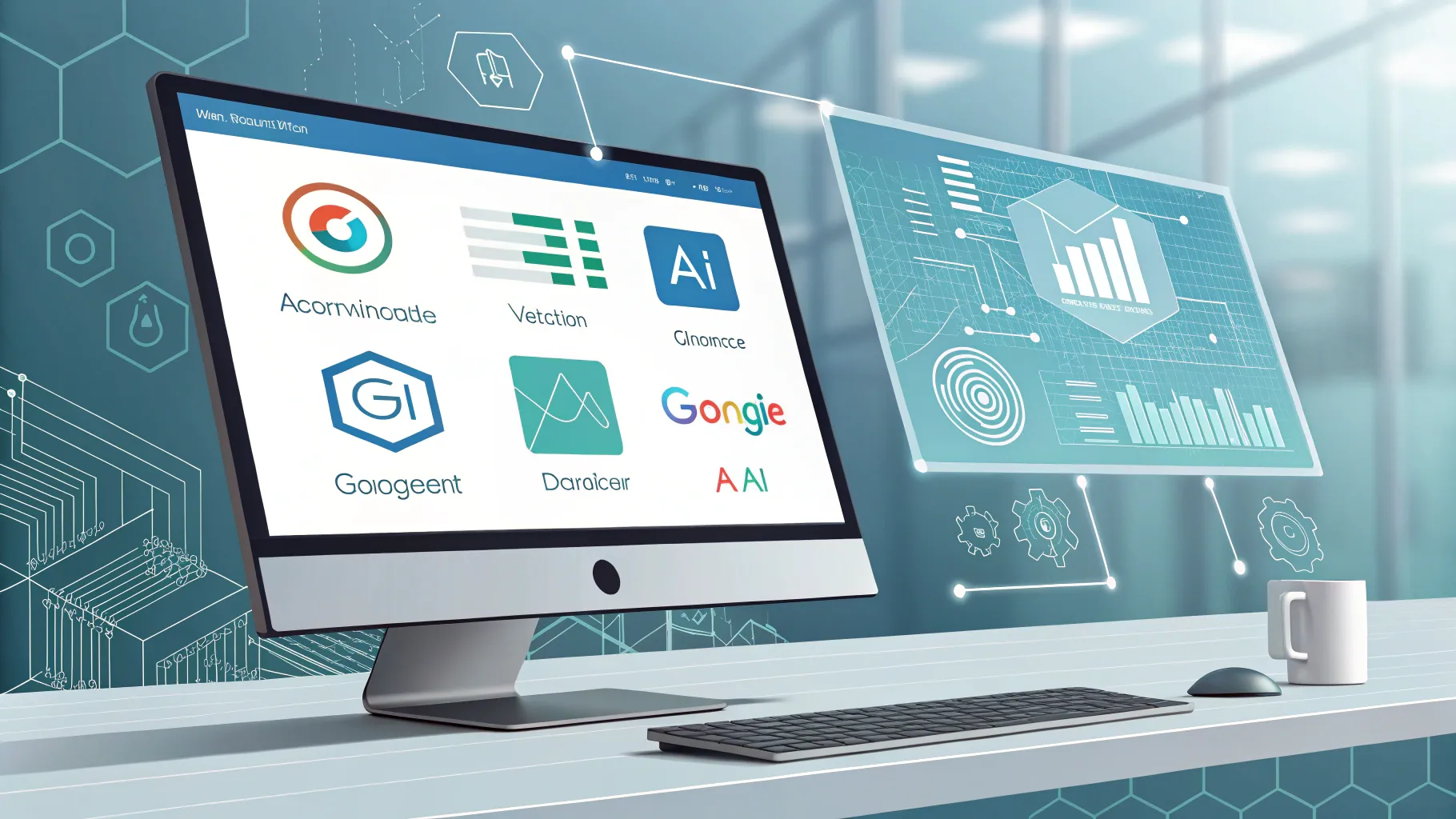
Google is set to integrate advertising into its AI Mode and expand AI Overviews to desktop users, marking a significant shift in how the tech giant monetizes its artificial intelligence features. This development marks the next phase in Google’s strategy to strike a balance between innovative AI capabilities and revenue generation.
The announcement comes as Google continues to evolve its search experience, with AI-powered features becoming increasingly central to how users interact with the platform. The addition of ads to these AI features suggests that Google has found a way to make its AI investments financially sustainable while maintaining a good user experience.
Understanding Google’s AI Features
Google’s AI Mode provides users with an enhanced search experience, powered by artificial intelligence, offering more conversational and comprehensive responses to queries. Meanwhile, AI Overviews provide summarized information at the top of search results, giving users quick answers without requiring them to click through to websites.
Until now, these features have been ad-free, with a primary focus on user experience and functionality. The desktop expansion of AI Overviews is particularly notable as it brings this feature to a broader audience who may prefer larger screens for research and information gathering.
The Business Strategy Behind the Move
The introduction of ads into these AI features reflects Google’s need to monetize its substantial investments in artificial intelligence technology. As the company has invested resources in developing these capabilities, finding revenue streams to support them has become crucial.
Industry analysts note that Google faces a delicate balancing act: introducing ads without compromising the user experience that makes these AI features valuable in the first place. Too many ads could drive users away, while too few would fail to generate sufficient revenue.
This move also comes amid increasing competition in the AI search space, with Microsoft’s Bing and other competitors working to capture market share with their own AI-powered features.
Potential Impact on Users and Advertisers
For users, the introduction of ads may change how they interact with Google’s AI features. Some key considerations include:
- How clearly will ads be distinguished from organic AI-generated content
- Whether ad placement will affect the quality of AI responses
- If the desktop version of AI Overviews maintains the same functionality as mobile
For advertisers, these changes open new opportunities to reach consumers at moments of high intent. Ads within AI Mode and Overviews could potentially deliver higher engagement rates, as they’ll appear alongside highly relevant AI-generated content.
The integration of advertising into AI-powered search features represents a natural evolution of Google’s business model,” said a digital marketing expert familiar with the development. “Advertisers have been eager to access these new formats since they were first introduced.”
Looking Forward
Google has not yet provided specific details about how ads will be implemented within these AI features or when exactly the rollout will begin. The company typically tests new ad formats with limited audiences before wider implementation.
This development signals that AI features are moving from experimental technology to core business offerings for Google. As these features mature, users can expect to see more refinements in how ads are integrated and presented.
The tech industry will be watching closely to see how Google handles this transition, as it could set precedents for how other companies monetize their AI products in the future. The success or failure of this initiative may shape the evolution of digital advertising in an AI-driven search landscape.
As Google proceeds with these changes, the company will likely gather extensive user feedback to refine the balance between advertising revenue and the quality of AI-powered search experiences that users have come to expect.











Howie Jones
My name is Howie and I'm a Customer Success Manager at Calendar. I like to ensure our customers get the best experience using our product. If you have questions email me howie at calendar.com